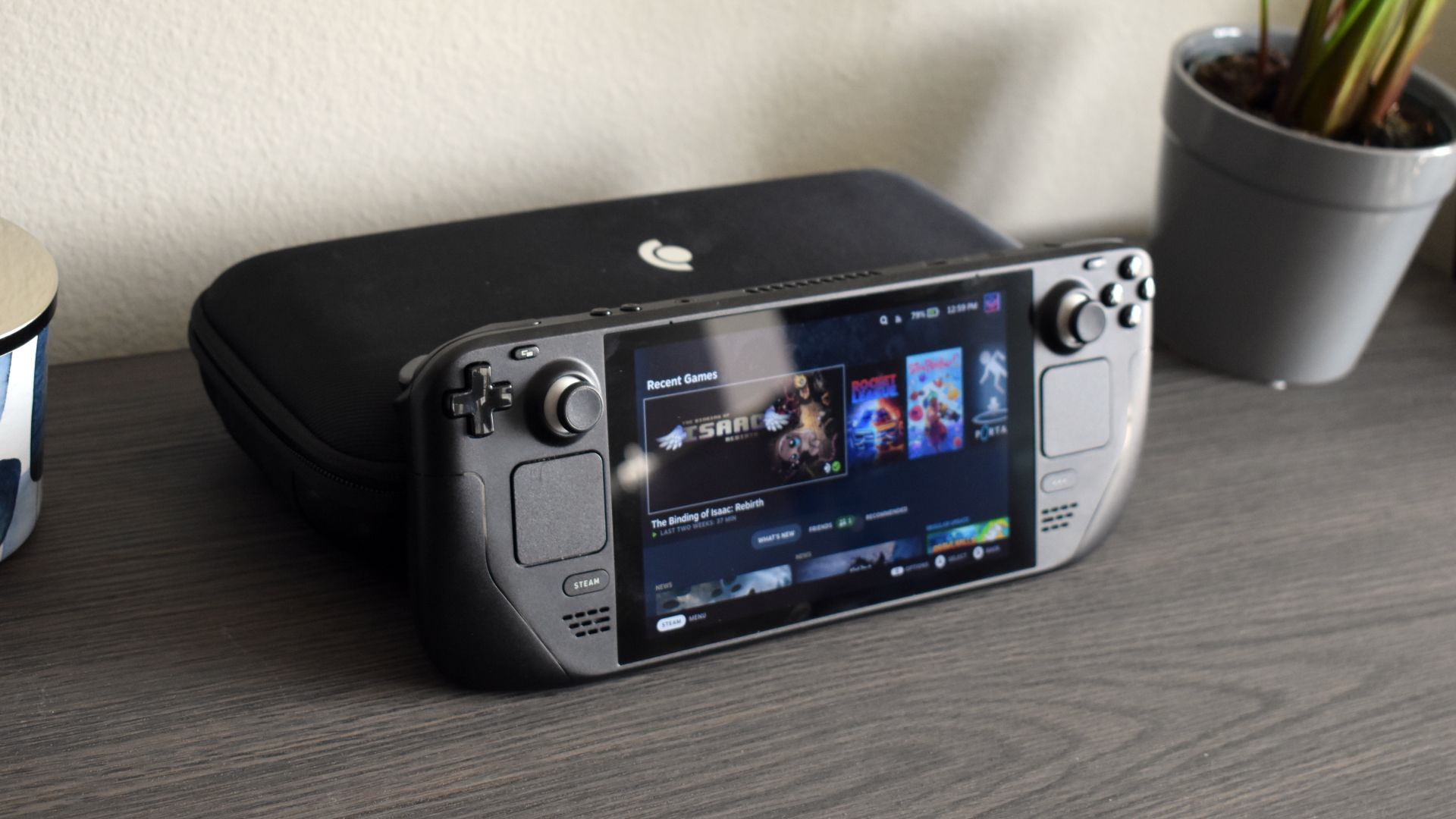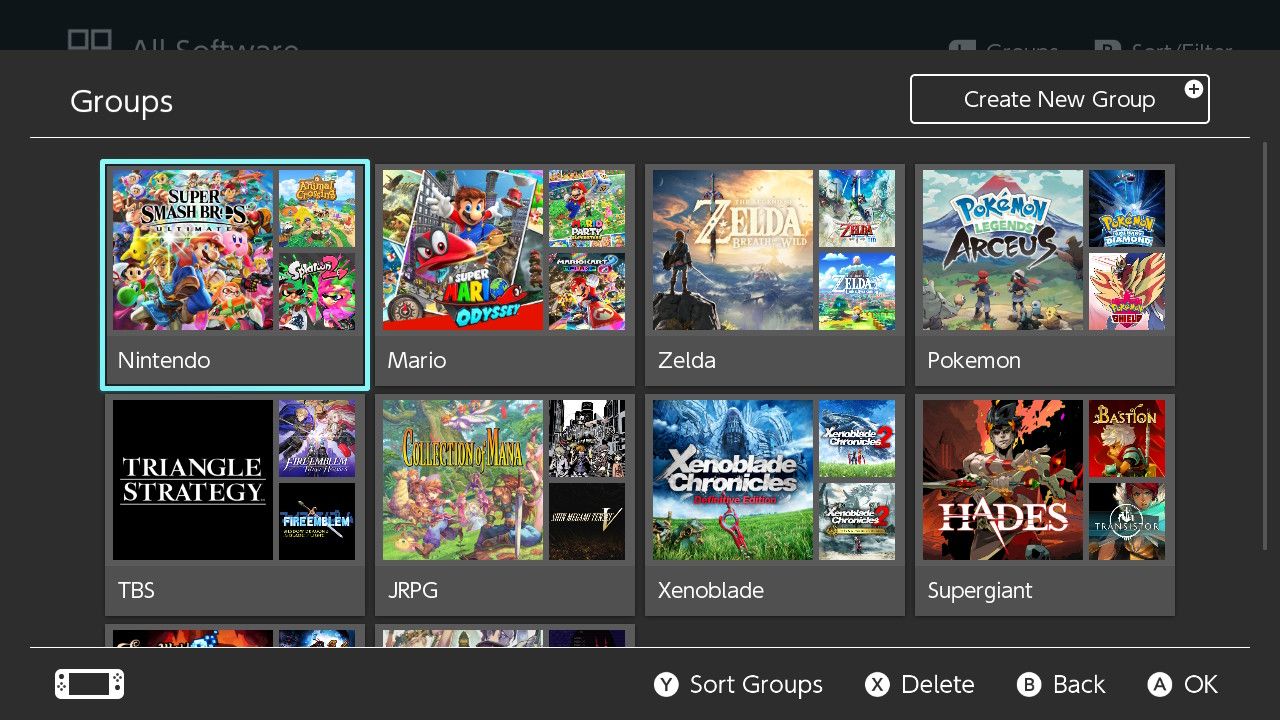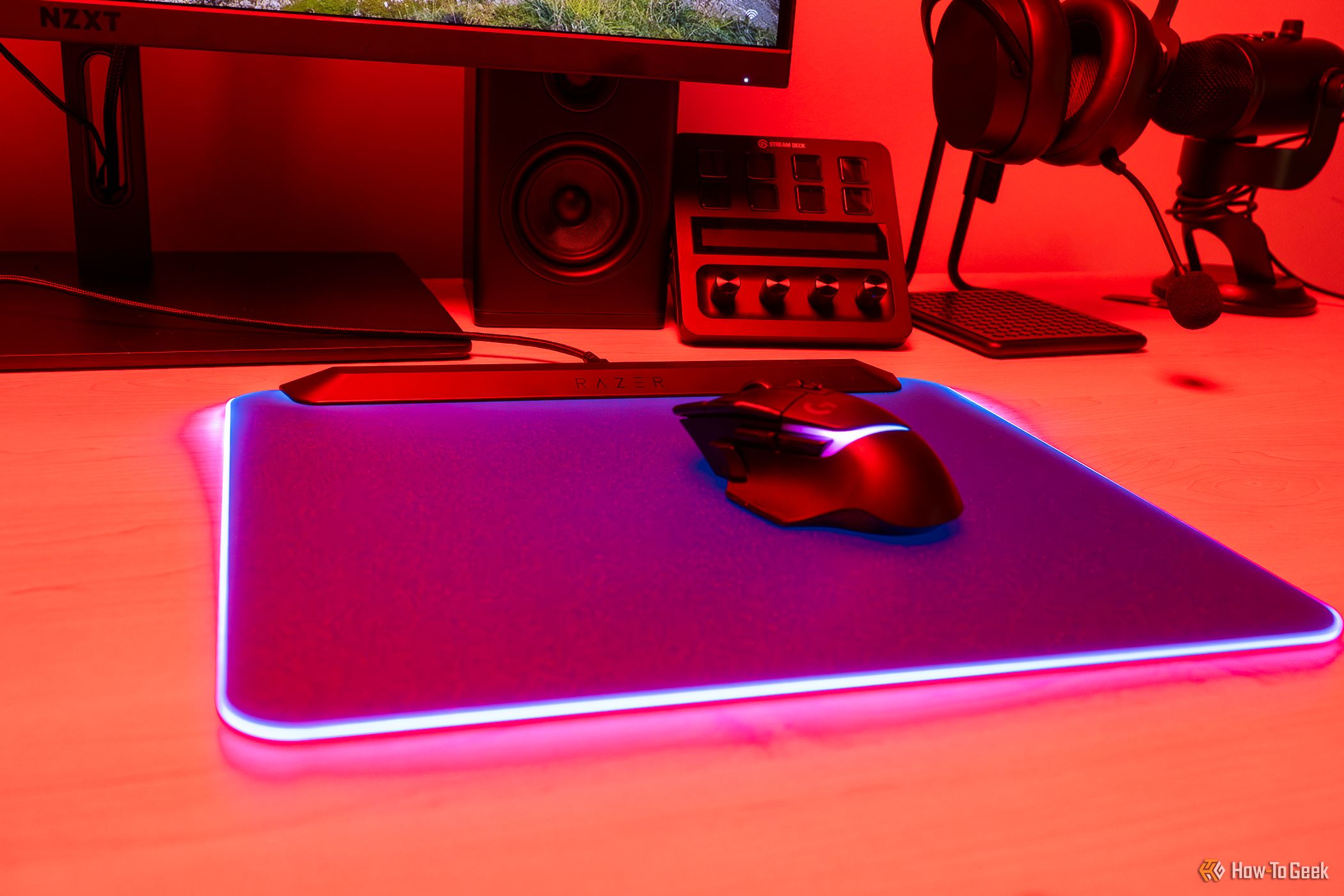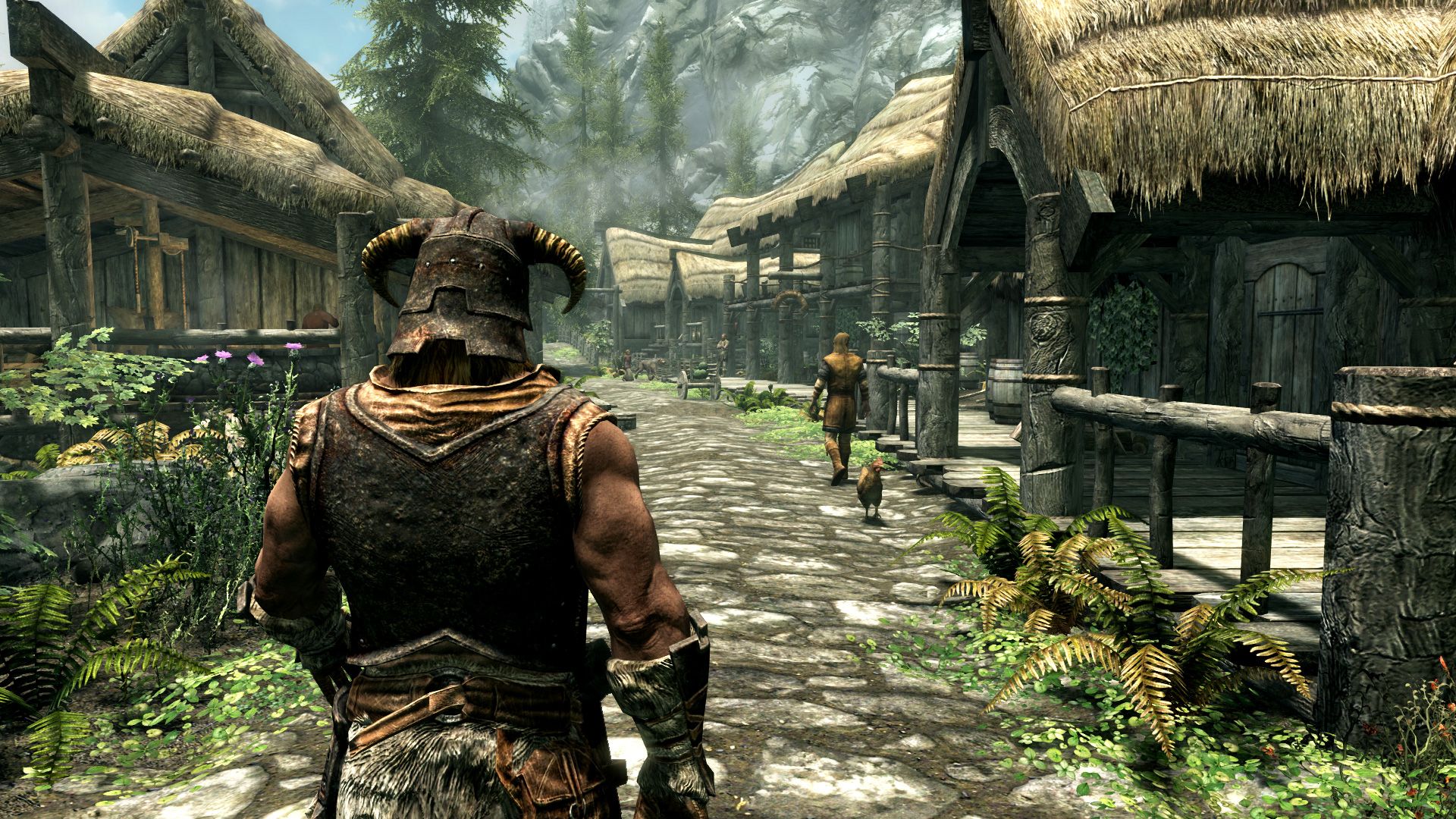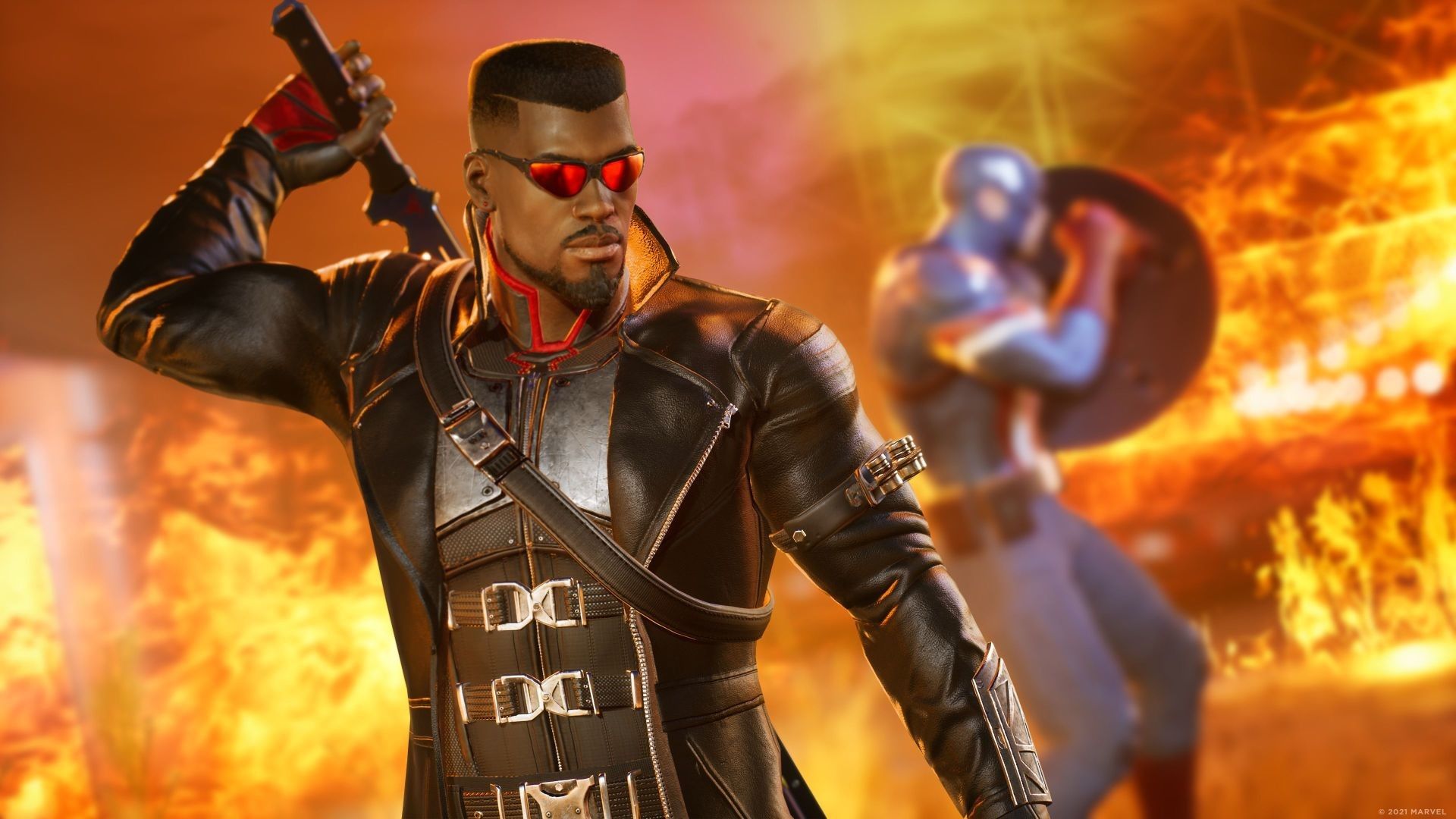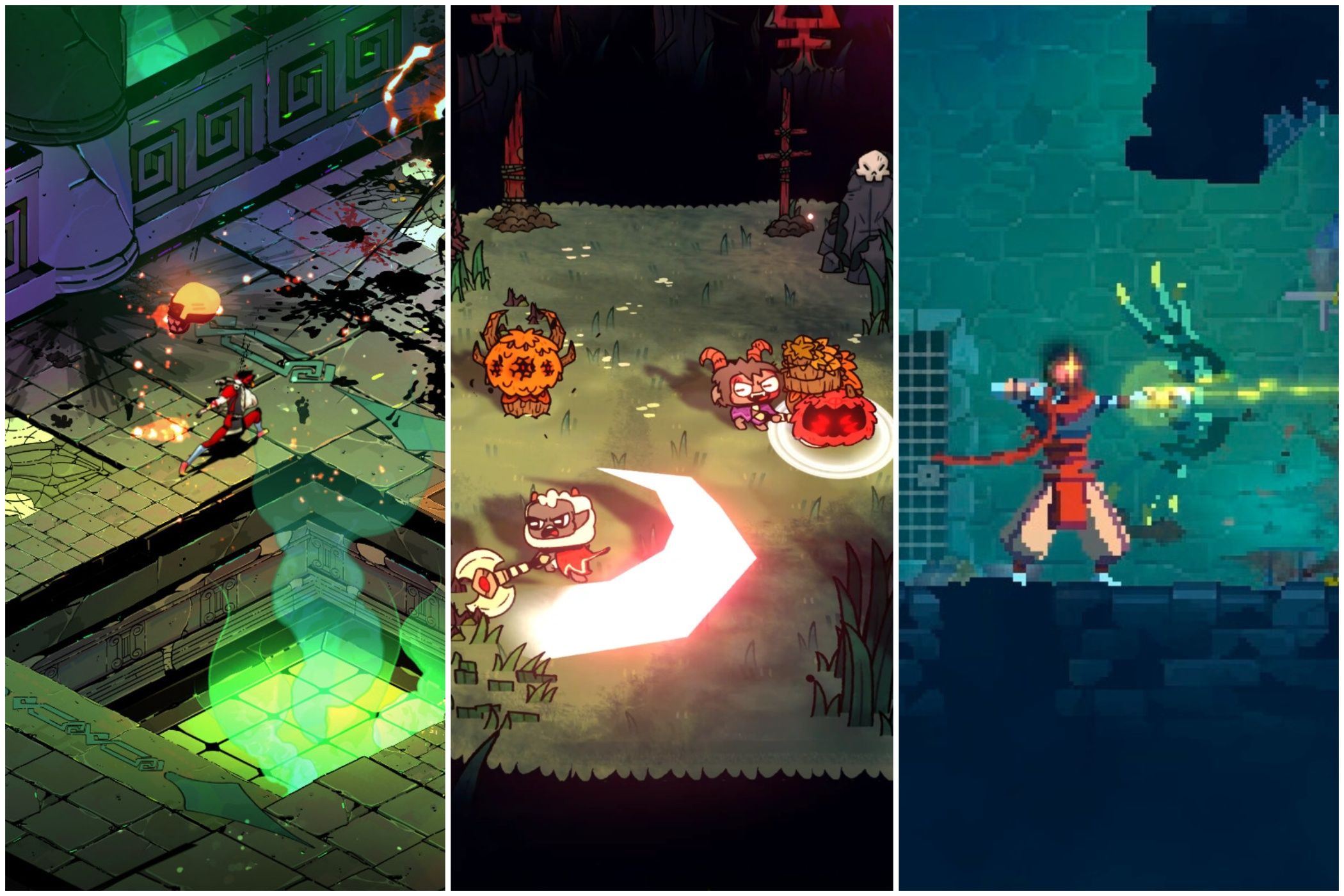Key Takeaways
- Many games now have handheld versions due to powerful mobile hardware.
- Grindy games like JRPGs are perfect for handheld play.
- Games without need for a mouse or using 3D graphics are often best-suited for handheld play.
Ever since the Nintendo Switch brought console-grade games to handheld gamers, it’s left me with a choice: do I play handheld or on a powerful plugged-in system?
Over time, I’ve developed (what I think) are some solid criteria for deciding which games get the handheld treatment, and which get the big-screen horsepower. After all, I hate to buy the same game twice if I can avoid it.
Many Games Have Handheld Versions (or We Have Handheld PCs)
The whole reason we have this dilemma is that mobile hardware has become so powerful, that developers can make ports for consoles like the Switch and our mobile phones and tablets. Even better, there are now handheld PCs like the ROG Ally or my current darling, the Lenovo Legion GO. In the case of handheld PCs there doesn’t even have to be a bespoke version of the game for handheld, it’s just the same PC game, and you can tweak the settings to your liking.
For PC games at least, there’s no real dilemma here. I can buy a game once on Steam or another PC storefront, and then simply play it on either my gaming laptop or my PC handheld. However, for console games, things are a little different. If a new game is coming to both PlayStation 5 and Switch, for example, I need to think carefully about whether the game will be more suitable for handheld play. After all, the Switch version will have significant cutbacks, which become even more apparent when you play it on a large TV. Even for PC games that I can play on multiple systems, there are some games in my backlog that I just don’t enjoy playing seated at a desk, mouse in hand. So here’s how I pick and choose which titles go hand-in-hand with handheld play.
Grindy Games Are Perfect for Handheld Play
When I was living alone, I loved sitting in front of my PC or TV in my room and immersing myself in a game. Now that I’m older and have a partner, I like to maximize the amount of time we get to spend together. Even if they’re watching TV or playing video games, it’s just nice to hang out. This is where games with a bit of a grind really fit the bill.
In particular, I like to play JRPGs where you need to grind battles in order to level up your party. This is the sort of thing I can do while half-listening to whatever true crime Netflix show my wife happens to be watching, and be part of the conversation.
If It Doesn’t Need a Mouse I’m Playing Handheld
Some PC games, such as RTS titles or twitchy first-person shooters require a mouse to play well, and some older PC games simply don’t map well to controller buttons, but from the HD console era onwards, cross-platform games are designed around controllers and so play perfectly well with them. While I wish I could somehow make Homeworld work using a touchpad or stick, it’s one of the titles that is best played at my desk with a mouse. Similarly, Doom Eternal is a game I just can’t get my head around using a gamepad.
For everything else, good controller support makes it a prime candidate to go the handheld route.
Older Generation Games Are Perfect for Handhelds
In terms of general processing power, the Nintendo Switch is in the same ballpark as the PlayStation 3 or Xbox 360, but with substantial improvements in areas like texture memory. This makes it the perfect place to play ports of games from those consoles. I love playing Red Dead Redemption on the Switch, and likewise my copy of Skyrim for Switch has seen more hours of play than my console or PC copies.
The same goes for PC handhelds. Devices like the Steam Deck and ROG Ally are basically handheld Xbox One or PlayStation 4 class devices, at least when it comes to their GPUs, which means you can get fantastic image quality and performance from the PC ports for those games. Likewise, games from the Xbox One or PS4 era are a great fit. Titles like Days Gone or Assassin’s Creed Odyssey look and play better on my Lenovo Legion Go than they did on my old base PS4!
If a Game Has Great Upscaling, I Know I’ll Love It Handheld
Upscaling technology has come a long way, and while most of the attention to this tech has gone to getting good 4K or 1440p imagery from lower resolutions, it’s also been a boon to handheld gaming. At least, for now, this only really applies to handheld PCs, since we’ll likely only see modern upscaling tech on Nintendo’s next handheld, but to give you an example, let’s take Marvel: Midnight Suns.
My Legion Go has a native resolution of 2560 by 1600, which is something I can only achieve in older games, such as from the Xbox 360 era. However, Midnight Suns supports AMD’s FSR 2.2 upscaling technology. Which means I can set the game to render internally at 1280 by 800 pixels. Only a quarter of the panel’s native resolution. What’s great about this is that UI elements such as text or parts of the HUD are still rendered at the crisp native resolution of the screen, and thanks to those algorithms the game’s 3D graphics look much better than the 800p internal resolution suggests.
So the way things are now, if a game is new enough to need lower resolutions for good performance on current handheld PCs, it probably has a decent internal scaling solution. If it’s too old to have modern scaling tech, it probably doesn’t need it. There are some exceptions that fall in the gap, but overall upscaling has had a huge effect on handheld gaming for me and if a game has a good implementation, I’m highly motivated to take it on the go.
Anything That’s Not 3D Is Going on My Handheld
Finally, if a game doesn’t use 3D graphics at all, you had better know that I’m going to prefer playing it handheld. From classic sprite-based games, or modern games that use the same aesthetic, to any of the many indie games with beautiful hand-drawn graphics, that’s going on my OLED Switch or handheld PC. Games like Hades or Cuphead are handheld catnip to me.
Not everyone likes handheld gaming, and I can’t say I don’t enjoy playing on my 4K TV or ultrawide PC monitor, but I try to reserve my limited time with those big screens to games that benefit from it. For the rest, where I need to grab game time where and how I can, it’s going to my handhelds, and I’m having the time of my life.

